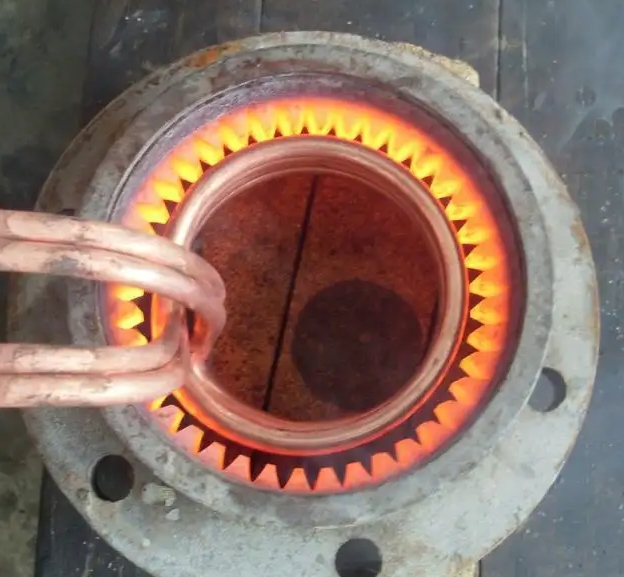- 25
- Jul
Precautions for quenching with high frequency heating machine
- 25
- července
- 25
- července
Precautions for quenching with vysokofrekvenční topný stroj
1. Způsob chlazení
Způsob chlazení kalení vysokofrekvenčního topného stroje je určen komplexním zvážením následujících faktorů: podle materiálu oceli, způsobu indukčního ohřevu, tvaru a velikosti dílů atd. Běžně používané způsoby chlazení jsou: sprej, ponoření.
Tryskové chlazení: díly vyrobené z legované oceli;
Ponorné chlazení: Díly vyrobené z nízkolegovaných a uhlíkových ocelí.
2. Frekvence
The frequency of the high-frequency quenching machine required by different heating processes is also different, but if the frequency we choose is not enough to meet the heating requirements, such as uneven heating, slow heating time, low work efficiency, and the temperature fails to meet the requirements, then It is easy to cause damage to the workpiece.
3. Teplota ohřevu
The suitable heating temperature of the high frequency quenching machine is related to the heating rate, chemical composition and original microstructure of the steel.
Fourth, the technical requirements of parts
The technical requirements of surface quenched parts include: hardened zone distribution, quenched layer structure, quenched layer depth, surface hardness, etc.
5. Způsob ohřevu a provoz procesu
1. Metoda simultánního ohřevu
The advantages of the simultaneous heating method: In order to improve the production efficiency when mass-producing products, this method can be used. Reason: The heated surfaces are co-heated at the same time, and the entire part of the part that needs to be heated is surrounded by the inductor.
2. Metoda kontinuálního ohřevu
To je výhodné pro rozšíření aplikačního rozsahu vysokofrekvenčního kalícího stroje, produktivita kontinuálního ohřevu je nízká, ale plocha ohřevu je snížena a výkon vysokofrekvenčního ohřívacího stroje může být snížen (chlazení a ohřev jsou kontinuální).

